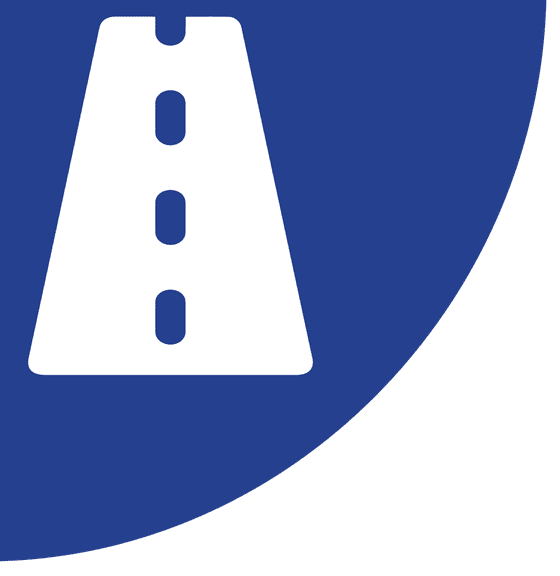NEWSWATCH
SILICA

NIOSH Recommends LEV to Reduce Hazardous Dust Exposure in Highway Construction
NIOSH recommends the use of local exhaust ventilation (LEV) dust control measures to reduce worker exposure to hazardous dust during dowel drilling, a task performed during construction of highways and concrete airport runways. The agency details its recommendations in a new “Workplace Solutions” document.
The document focuses on exposures to respirable crystalline silica, which is often found in construction materials, including concrete. The NIOSH recommended exposure limit (REL) for respirable crystalline silica is 50 μg/m3 as a time-weighted average for up to a 10-hour workday during a 40-hour work week. NIOSH researchers have documented respirable crystalline silica exposures for workers operating dowel drilling machines of up to 26 times the REL during full-depth pavement repair and up to eight times the REL during new runway construction.
NIOSH recommends LEV systems for dowel drills that use smooth ducts and maintain duct transport velocity at 3,500 to 4,000 feet per minute and the installation of pressure gauges across dust collection filters so that drill operators know when to clean or change filters.
Additional recommendations related to work practices, site set-up, respirators, and personal hygiene and protective clothing to help reduce workers’ exposures to hazardous dust during dowel drilling are available on the NIOSH website.
thesynergist | TOC | NEWSWATCH | DEPARTMENTS | COMMUNITY

